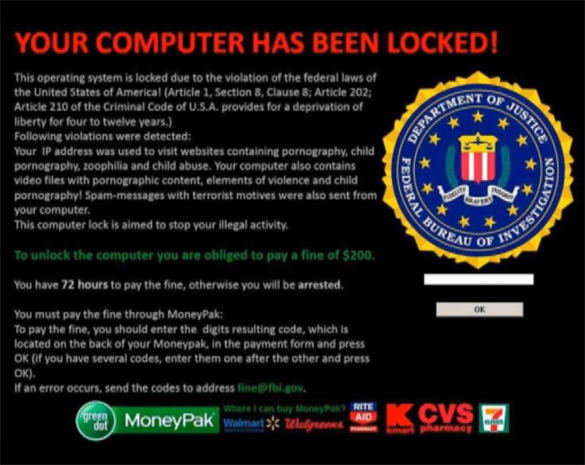An internal emergency has been declared at a major US hospital in Los Angeles following a widespread ransomware-style cyberattack which has left staff unable to access vital patient data, it has been revealed.
The Hollywood Presbyterian Medical Centre, located in the heart of LA, is now dealing with hackers who are reportedly demanding over 9000 bitcoins – which equates to roughly $3.6m – to release the encryption keys to computer systems that hold patient data, X-Ray scans, CT scans and crucial lab work.
Why advertise with us
According to NBC Los Angeles, hospital president and chief executive Allen Stefanek said that staff first started to notice “significant IT issues” on 12 February, however reports indicate that the attack may have started over a week ago. Now, forensic computer experts from the Los Angeles Police Department (LAPD) and the FBI have been called in to investigate further.
An unnamed doctor has admitted that the hospital’s computer system was hacked and is currently being held for ransom, adding that departments are now communicating through fax machines because they have no access to email. Furthermore, a number of patients have been transferred to other hospitals.
Meanwhile, a separate report by Fox (Los Angeles) reaffirmed that the cyberattack has directly affected the ‘day-to-day’ operations of the hospital.
What is Ransomware attack?
Ransomware is a type of malware which restrict access to the infected computers. And ask users to pay money to get access back to the system. Some type of Ransomware will encrypt the system hard drive in a way that you need to pay to decrypt it. While some may simply lock the system and display messages intended to coax the user into paying. This type of attack got popular from 2013.


